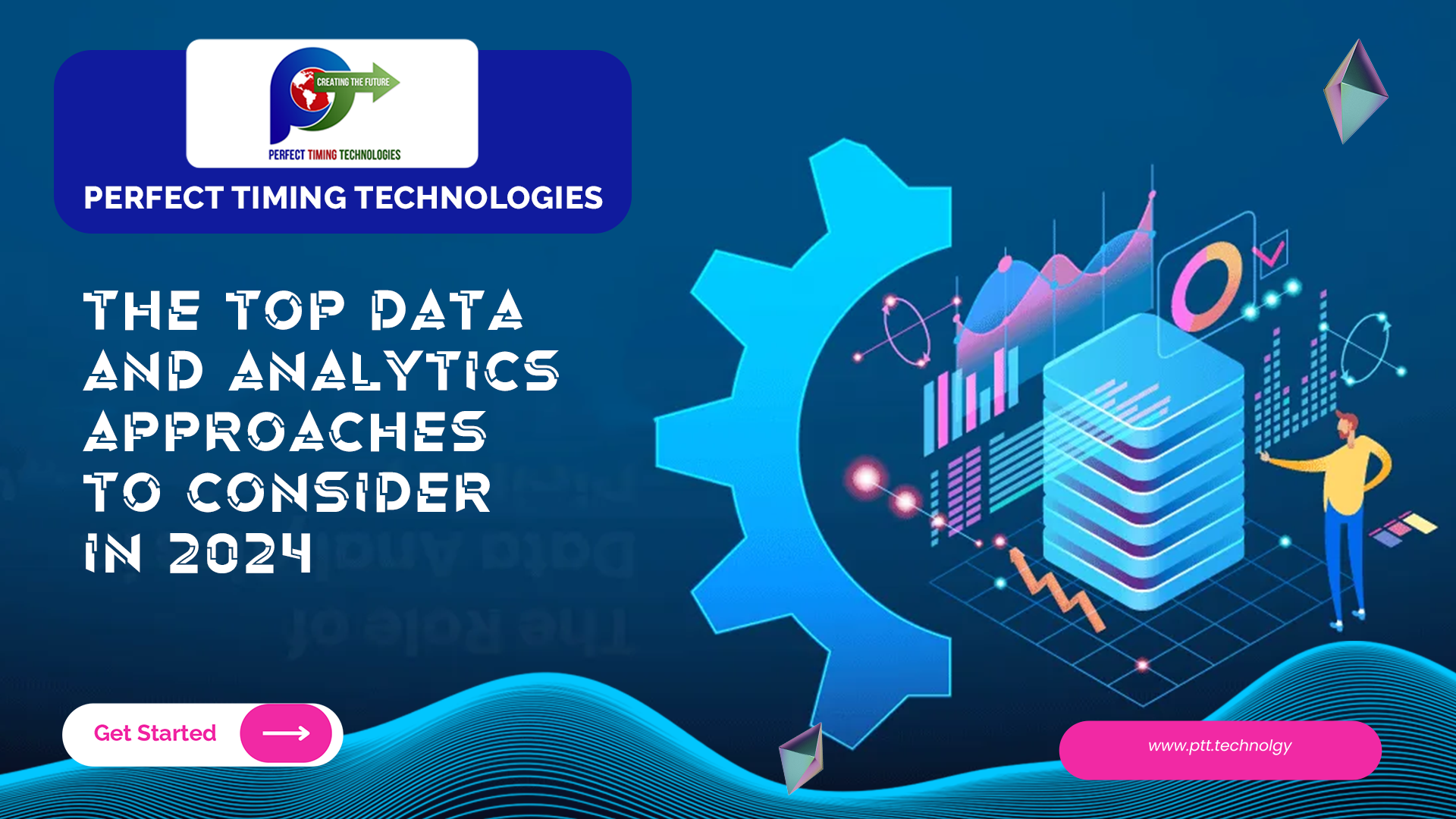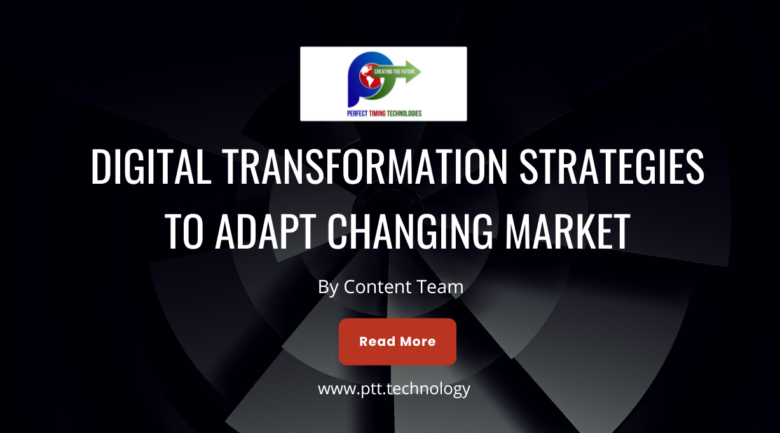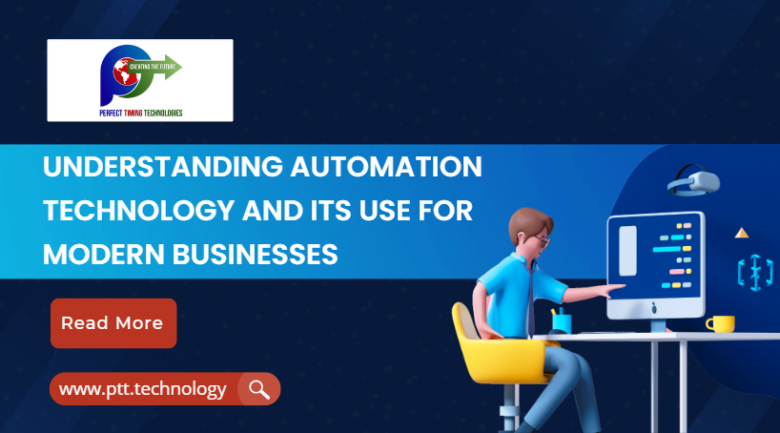
Data and analytics play a critical role in helping businesses achieve their goals. By collecting, processing, and analyzing large amounts of data, companies can gain valuable insights that can help them identify areas for improvement, optimize their resources, and make informed decisions. The data and analytics involve using various tools and technologies to extract meaningful information from data. With the insights derived from data and analytics, businesses can make informed decisions to improve their performance, increase competitiveness, and drive market growth. In the current data-driven world, data and analytics are essential for businesses that want to stay ahead of the curve to be successful.
Data and Analytics are constantly evolving, and it can be difficult for businesses to know what is trending and what is not.
Businesses must stay updated with the latest trends in data and analytics to transform themselves into successful ventures.
We have formulated some of the top data and analytics approaches business organizations must consider in 2024.
- Business Data: Business data is not just information but a valuable product that can deliver tangible value to data consumers across the company. By adopting the data product mindset, businesses can utilize data effectively as any other valuable product or service that their business offers. This mindset shift allows businesses to shift their focus from considering data as an isolated entity to recognizing its value as a product that can drive success.
- The Data Mesh Approach: The data Mesh approach is a decentralized method that helps organizational teams build data products and share them across the organization. This approach increases accessibility and connectivity, resulting in better decision-making, agility, competitiveness, and constant innovation. Businesses can sort out data mesh as the right approach by assessing their current data approach and determining if it meets their business needs.
- Event-driven Architecture: An event-driven architecture enables workflows driven by events and ensures that all functions get carried out smoothly and efficiently. This approach has several benefits, including instant data processing, optimization of costs and cloud functions, and increased data observability. By adopting an event-driven architecture, businesses can improve their data processing capabilities and streamline their workflows.
- Industrialized Machine Learning: Industrialized machine learning is the latest trend that allows businesses to treat data science as an integrated part of the existing data analytics environment. Business firms can scale their machine-learning strategy and gain a competitive advantage by building machine-learning pipelines to automate and optimize an organization’s ML workflows. An ML pipeline enables industrialized ML workflows to extract data, train and retrain models, test and validate, serve in production, and monitor and evaluate progress.
- Data Literacy: Data literacy is crucial for a data-driven organization’s success. The goal of data literacy is to enable and empower team members to be aware of what they are seeing, doing, and sharing when dealing with data. By investing in data literacy training, businesses can ensure that their team members are equipped with the knowledge and skills to work effectively with data and make data-driven decisions.
Before incorporating these trending data-driven approaches, businesses should ensure they have a solid data strategy, a well-equipped data stack, and a well-defined roadmap for the future. They should also be aware of the core data and analytics principles like usability, speed, scalability, stability, and security when undertaking any data initiative. By following these principles, businesses can attain value from any data initiative and set themselves up for success in the rapidly evolving field of data and analytics.
To gain a better understanding of different modern IT solutions, come to us.







